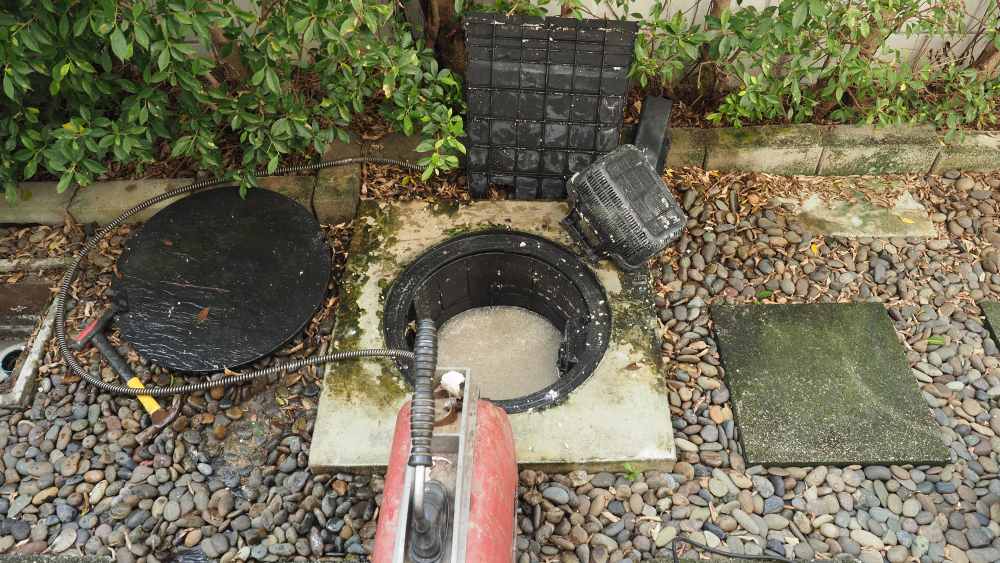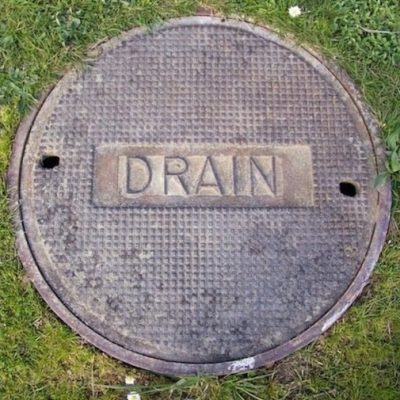Measures to Implement for Fixing a Blocked Drain Before Calling Experts
Measures to Implement for Fixing a Blocked Drain Before Calling Experts
Blog Article
We have found this great article on 8 Tips For Clearing A Blocked Drain below on the net and decided it made perfect sense to relate it with you here.

Intro
Dealing with a blocked drainpipe can be an aggravating experience, interrupting day-to-day tasks and potentially causing damages to your residential or commercial property. Nonetheless, before connecting to plumbing specialists, there are steps you can require to deal with the concern on your own. In this overview, we'll explore do it yourself options and safety nets to deal with a blocked drainpipe properly.
Identifying the Problem
The very first step in dealing with a blocked drainpipe is identifying the indicators. Sluggish water drainage, gurgling sounds, foul odors originating from drains, or water backing up are common signs of an obstructed drain. Determining these indicators early can assist prevent further difficulties.
Typical Causes of Obstructed Drainpipes
Understanding the factors that add to drain clogs is important for effective resolution. Typical culprits include hair, soap residue, oil, food debris, and foreign objects like hygienic items or paper towels. Tree roots getting into underground pipelines can also trigger considerable blockages.
DIY Solutions
For small blockages, a number of DIY services can be effective. Pouring boiling thin down the drainpipe can aid dissolve grease and particles. Sodium bicarbonate and vinegar or a mixture of salt and cooking soft drink can act as all-natural cleaners. Making use of a plunger or pipes serpent to remove obstructions is one more alternative.
Devices and Equipment
Having the right tools on hand can make do it yourself drain cleansing more efficient. A bettor is a flexible device for removing obstructions in sinks, bathrooms, and showers. A plumbing serpent or auger can reach much deeper clogs, while drainpipe cleansing chemicals can be used carefully for stubborn clogs.
Safety nets
To prevent future clogs, taking on preventive measures is essential. Set up drain guards or filters to catch hair and debris prior to they enter the pipelines. Consistently flush drains with hot water to liquify oil buildup, and stay clear of disposing of grease or strong waste away.
When to Call a Professional
While do it yourself remedies can resolve small obstructions, specific signs show the requirement for expert support. Consistent blockages, foul odors in spite of cleaning up efforts, or numerous drains pipes backing up at the same time are warnings that require professional treatment.
Picking the Right Plumbing Service
When picking a pipes service, think about variables such as experience, licensing, and consumer testimonials. Pick a trustworthy plumbing professional with a performance history of high quality workmanship and clear prices practices.
Cost Considerations
The price of professional drain cleaning services can differ relying on the seriousness of the clog and the plumbing technician's rates. Request quotes from numerous providers and inquire about any kind of additional charges to guarantee openness and stay clear of shocks.
Safety Precautions
When trying do it yourself drainpipe cleansing, focus on safety. Wear safety gloves and glasses to avoid contact with damaging chemicals or bacteria. Never ever blend various drainpipe cleaning products, as this can generate harmful fumes.
Case Studies
Real-life instances illustrate the efficiency of do it yourself options and the value of prompt expert intervention in dealing with drain obstructions.
Final thought
By adhering to the ideas detailed in this overview, you can effectively deal with blocked drains and avoid future plumbing issues. Whether opting for do it yourself options or seeking specialist support, prompt action is crucial to preserving a healthy and balanced pipes system and preserving the honesty of your home.
How to Clear a Clogged Drain Yourself (And When to Call In the Professionals)
What Can Clog a Drain
Dirt Skin flakes Hair Grease Soap scum Food Offset pipes Tree roots Small objects Mineral buildup DIY Tricks to Unclog a Drain
You can fix this! Once you have identified the source of the clog (or have a vague idea), you can try one or a combination of these fixes in order to clear your plumbing.
Wire Hanger or Snake
Untangle and clear out hair from a drainpipe with a homemade snake. Use a straightened-out wire hanger with a 90-degree angle hook to locate the clog and drag out any unwanted material.
Remember not to push the clog further down to where the wire hanger cannot reach! If you need to follow up with a plunger, give it a try. Your efforts might be more successful after it’s been wire-snaked.
If you want to get fancy and don’t have a wire hanger to spare, head to the store and pick up a hand-operated drain snake. You can get one for $10-$30. It may save you the hassle, and provide additional length to reach deep into the clogged pipe.
Plunger
A cup plunger has a suction cup attached to a wooden handle. The rubber creates a seal around the drain, and increases the pressure force of the plunger.
Plunge for 30-second increments to loosen the clog. This may need to be repeated over the course of 15-20 minutes. Once plunged, run the water to flush the remaining material out of the drain.
Remember– never use a plunger if you have used a chemical drain cleaner. These chemicals can splash up from the force of the plunger and cause serious injury or burns.
Boiling Water
Hot water can sometimes break up materials into a flushable amount. Dirt, grease, and soap buildup requires heat in order to unstick from surfaces.
Take your kitchen kettle and heat your water to a boil. Once it reaches a rolling boil, pour it directly down the drain into the blockage. Carefully follow with plunging, if necessary.
Don’t worry if this takes more than one try! It can often take multiple kettles and repeated plunging in order to clear a particularly stubborn clog.
Chemical Drain Cleaner
As a last resort, pick up a bottle of chemical drain cleaner. Drain-cleaning chemicals are potent, and not very good for the environment.
You may need to wear protective eyewear in gloves before handling your bottle of chemical drain cleaner. Follow the instructions printed on the bottle, and flush with water as soon as the instructions allow. Do not follow with plunging.
Baking Soda and Vinegar
As a safer alternative to chemical drain cleaner, baking soda and vinegar can create a chemical reaction that clears tough clogs.
Combine one cup of cleaning vinegar with one cup of boiling water, and set aside. Once you have done this, pour half a cup of baking soda down the drain. Give the baking thirty seconds to settle and cover a large portion of the problem drain.
Following the baking soda, pour down your vinegar and hot water solution. Once the vinegar and baking soda combine, the mixture will bubble and fix. Let this reaction fizzle in the drain for about an hour.
After an hour, follow with a kettle’s worth of hot water. The heat and liquid should flush out any remaining material.
When to Call a Plumber
If your DIY attempts haven’t cleared your clog drain, it’s time to call in a professional. It’s not worth losing access to your kitchen sink or high-traffic bathroom. A clog in a vital area can keep you from the things you’d rather be doing, and derail your routine.
Anytime a clog is causing water to spread is a time to call in a plumbing service. What starts out as a little bit of water can quickly grow into serious, expensive water damage.
Additionally, a serious clog can result in burst pipes or serious leaks. Make sure you know when to take it seriously!
https://myguysnow.com/how-to-clear-a-clogged-drain-yourself-and-when-to-call-in-the-professionals/

I ran across that entry on 8 Tips For Clearing A Blocked Drain while doing a lookup on the web. So long as you enjoyed our article plz do not forget to pass it around. I thank you for your readership.
Click Here To Find Out More Report this page